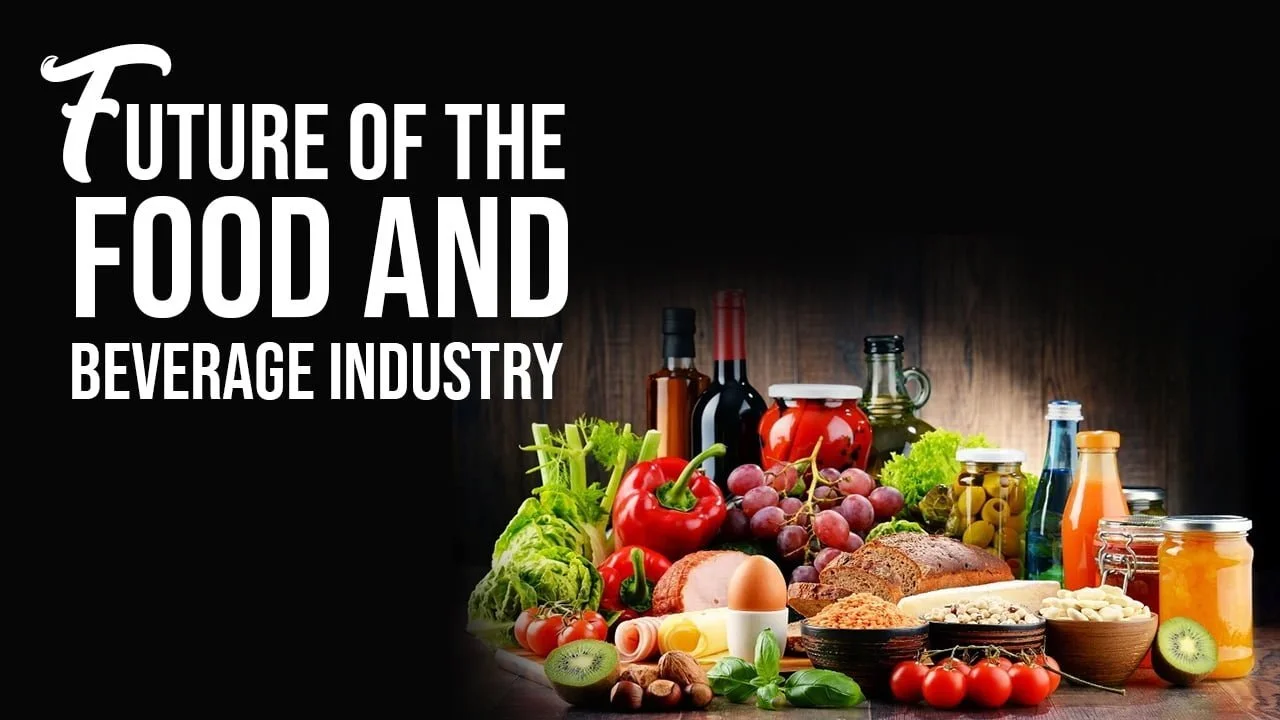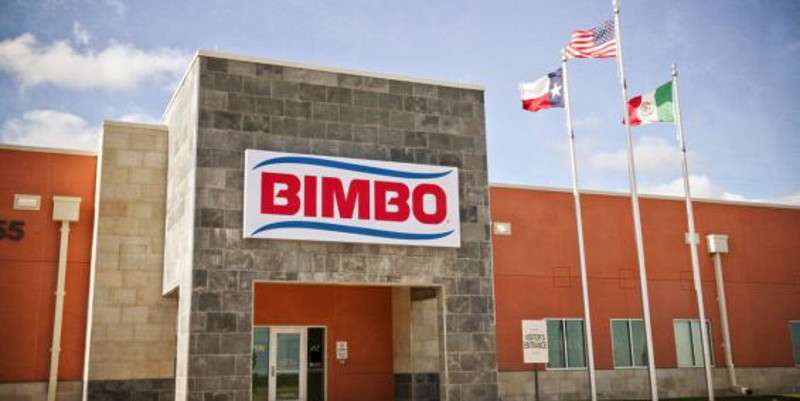Executive Summary
The global food and beverage industry is a multi-trillion-dollar sector that employs over 27 million people worldwide. It is essential to global economies, providing sustenance, livelihoods, and innovation in production and distribution. Despite facing challenges such as supply chain disruptions and economic instability due to geopolitical tensions and pandemics, the industry remains resilient by embracing new trends, technology, and sustainability.
Key trends shaping the industry’s landscape include a growing emphasis on health and wellness, technological advancements for production and supply chain optimization, and sustainable practices to reduce environmental impact. In major markets such as the U.S., U.K., India, Germany, and Canada, technological innovation and shifting consumer preferences are redefining how businesses operate. Meanwhile, emerging markets in Southeast Asia and Latin America present significant growth opportunities.
The industry’s future is underpinned by the ability to respond swiftly to challenges while maintaining transparency, trust, and environmental stewardship. Companies that align their strategies with these pillars are likely to gain a competitive advantage and capture market share in this rapidly evolving sector.
Current Global Trends and Consumer Preferences
Health and Wellness
Consumers are increasingly aware of the relationship between diet and long-term health, leading to a growing demand for healthier foods. This trend includes reducing processed ingredients and additives while favoring organic, whole foods. Functional foods with added nutrients, such as probiotics and vitamins, are gaining popularity, particularly among millennials and Generation Z. Furthermore, plant-based alternatives are seeing significant growth, driven by concerns about personal health, animal welfare, and environmental impact. Brands like Beyond Meat and Impossible Foods have capitalized on this trend, while traditional companies are diversifying their portfolios to include more plant-based options.
Convenience and Technology
With the rise of e-commerce and digital platforms, consumers expect seamless purchasing experiences. AI and predictive analytics streamline meal planning and help consumers personalize their diets. Subscription services like HelloFresh and Blue Apron deliver curated meal kits to doorsteps, providing both convenience and tailored nutrition. Retailers and manufacturers are also adopting predictive analytics to optimize inventory management, reduce waste, and offer personalized marketing.
Sustainability
Growing concerns about climate change and environmental degradation have shifted consumer preferences toward sustainable practices. This includes biodegradable packaging, eco-friendly sourcing, and a reduction in single-use plastics. Circular economy models, which emphasize reducing waste by reusing resources, are increasingly adopted by large manufacturers.
Innovation and Investment
Technological Innovations
The integration of technology in food production and distribution is revolutionizing the industry. Automation improves efficiency in manufacturing, while AI-based analytics provide insights into consumer preferences. Blockchain technology enhances transparency in supply chains by tracking products from source to shelf. Companies are also exploring the use of robotics in agriculture and food production to overcome labor shortages and enhance productivity. Vertical farming and hydroponics offer sustainable solutions for food production in urban areas.
Alternative Proteins
The rising popularity of plant-based and lab-grown proteins is disrupting traditional protein markets. Companies like Beyond Meat, Impossible Foods, and Eat Just have secured significant funding to scale their operations and meet the growing demand. Research into lab-grown meat, or cultured meat, has gained momentum as technology has advanced. This new form of protein production holds promise for reducing the environmental footprint of meat production while addressing animal welfare concerns.
Funding and M&A
Venture capital and private equity are pouring funds into innovative startups, particularly in the alternative protein and food technology segments. In parallel, large companies are engaging in mergers and acquisitions to strengthen their portfolios and access new markets. SoftBank Vision Fund, Tencent, and Tiger Global are notable investors driving these developments.
Market Overview by Region
North America
The U.S. and Canada remain pivotal markets, both as significant consumers and exporters. The region leads in technological adoption, particularly in predictive analytics, AI, and blockchain. The U.S. has stringent food safety standards, which have shaped global regulations and practices. Canada is emerging as a leader in plant-based protein innovation, with companies like Maple Leaf Foods investing heavily in this sector. The market is also characterized by strong consumer demand for organic and non-GMO foods.
Europe
European markets are known for strict food safety regulations, particularly regarding processed foods and genetically modified organisms (GMOs). The EU emphasizes transparency in labeling and ingredient sourcing. Local sourcing and traditional flavors remain popular among European consumers, leading to the growth of regional specialty brands. Germany is a powerhouse in alternative proteins, while the U.K. is a leader in sustainable packaging solutions. Scandinavia is notable for innovative practices in organic agriculture.
Asia-Pacific
Asia-Pacific is a rapidly growing market, driven by urbanization and a burgeoning middle class. China and India are key markets where traditional flavors and convenience foods are in high demand. The region faces challenges such as regulatory differences and a fragmented supply chain, but it also offers significant opportunities for growth. Japan and South Korea are pioneers in food tech, with a focus on convenience and quality.
Latin America
Agriculture is a cornerstone of Latin American economies, with Brazil and Argentina leading in soy and beef production. Local brands focus on blending traditional flavors with modern health trends. Challenges include political instability and trade barriers, but the region’s young population and growing middle class make it a market with vast potential.
Africa
Despite infrastructure challenges, Africa’s food and beverage sector is growing steadily. South Africa is a leader in food production and distribution, while Nigeria has a vibrant local food processing sector. Population growth and urbanization are creating new opportunities, but companies must navigate regulatory challenges and logistical barriers.
Key Challenges and Opportunities
Supply Chain Issues
The COVID-19 pandemic exposed vulnerabilities in global supply chains, causing delays and shortages. Companies are now focusing on building resilient supply chains with diversified sourcing and just-in-time manufacturing. Shipping costs have also increased due to geopolitical tensions and rising fuel prices. Companies are investing in regional distribution centers to reduce transportation costs and delivery times.
Transparency and Trust
Consumers are demanding transparency about the ingredients and processes used in food production. Clear labeling and detailed information about sourcing can build trust, especially in processed food segments. Blockchain technology is being adopted to track food products throughout the supply chain, allowing consumers to verify the authenticity and quality of products.
Digital Transformation
The shift to e-commerce and direct-to-consumer (D2C) strategies has accelerated during the pandemic. This shift requires companies to invest in digital marketing, customer data analytics, and personalized recommendations. Predictive analytics enable retailers to anticipate demand trends and optimize their supply chains. AI-driven chatbots and customer support enhance the customer experience.
Sustainability
Growing environmental concerns have prompted governments to introduce regulations on plastic waste and carbon emissions. Brands must adopt sustainable practices to comply with these regulations and meet consumer expectations. This includes investing in biodegradable packaging, reducing carbon emissions, and sourcing ingredients ethically. Circular economy models are gaining traction as companies aim to reduce waste and improve resource efficiency.
Retail and Market Dynamics
Retail Technology
Automation is improving inventory management in retail stores and warehouses, reducing waste and optimizing stock levels. AI tools help retailers analyze sales data and predict demand trends, enabling them to adjust their supply chains accordingly. Omnichannel retailing, where consumers can seamlessly switch between online and offline shopping, is becoming the norm. Retailers are integrating their physical and digital channels to offer a unified shopping experience.
Consumer Insights
Analyzing shopping behaviors through loyalty programs and digital footprints helps retailers personalize their offers and recommendations. Customer data analytics enable brands to identify trends and optimize their product availability. Subscription-based models and memberships allow retailers to engage customers regularly and provide tailored offers. For instance, Amazon Fresh provides exclusive discounts and delivery services for Prime members.
Future Outlook
Retailers will need to adopt omnichannel retailing and invest in automation to stay competitive. Partnerships between retailers and manufacturers will grow to ensure seamless supply chains. Direct-to-consumer models will gain prominence as brands look to establish direct relationships with their customers and bypass traditional retail channels.
Strategic Recommendations
Embrace Technology
Invest in AI, automation, and predictive analytics to enhance efficiency and gain valuable consumer insights. Blockchain can improve supply chain transparency.
Consumer-Centric Approach
Align product portfolios with consumer preferences for health, sustainability, and convenience. Transparency in labeling and ethical sourcing will build trust.
Sustainability Commitment
Adopt sustainable practices to reduce carbon emissions and source ingredients ethically. Engage in circular economy models to minimize waste and optimize resource utilization.
Resilient Supply Chain
Diversify sourcing and build regional distribution centers to reduce dependence on single suppliers. Implement just-in-time manufacturing to minimize inventory costs.
Check out Africa’s Food Service Industry Report




